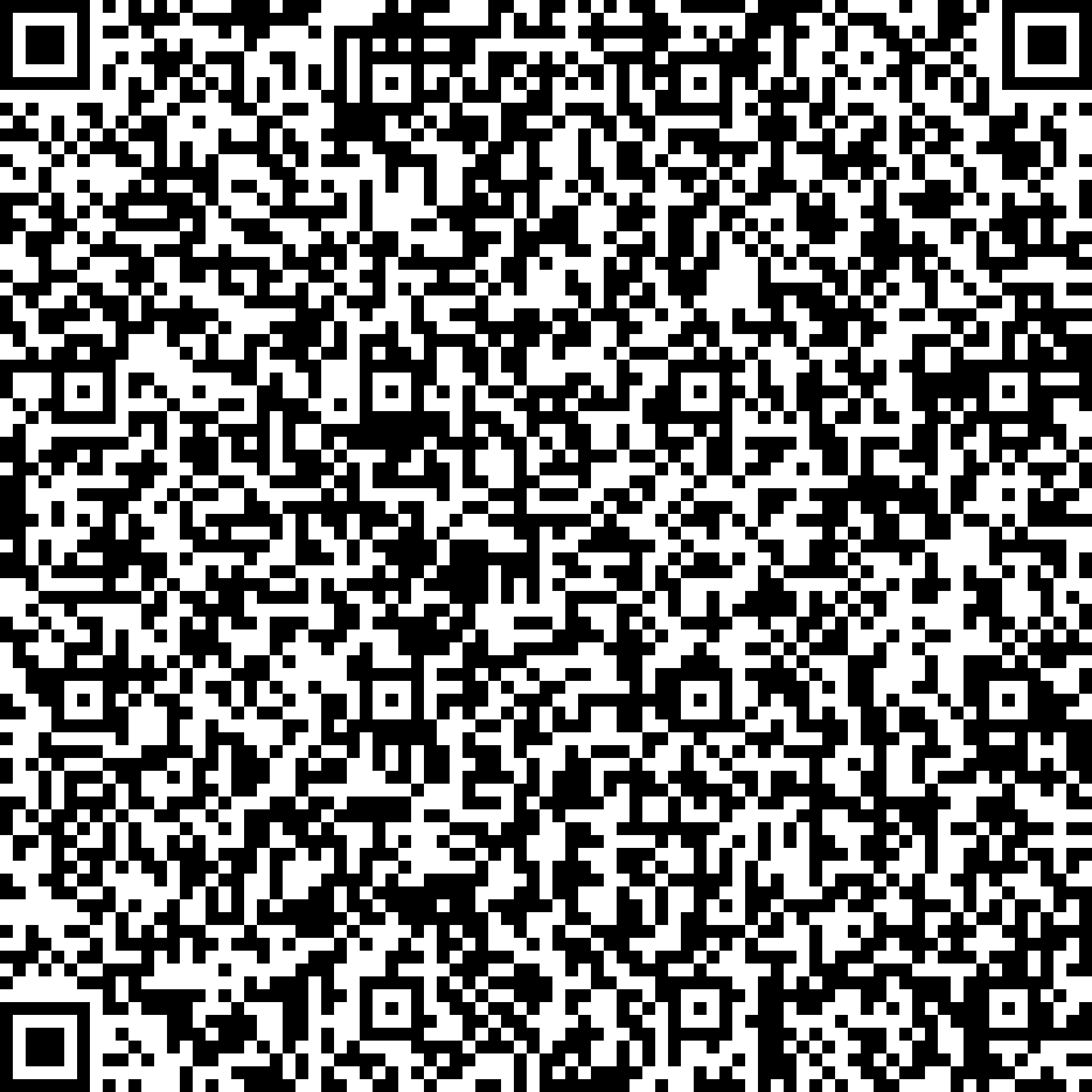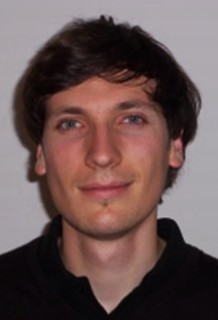


(From cond-mat/0703123): We report on shot noise measurements in carbon nanotube based Fabry-Perot electronic interferometers. As a consequence of quantum interferences, the noise power spectral density oscillates as a function of the voltage applied to the gate electrode. The quantum shot noise theory accounts for the data quantitatively. It allows to confirm the existence of two nearly degenerate orbitals. At resonance, the transmission of the nanotube approaches unity, and the nanotube becomes noiseless, as observed in quantum point contacts. In this weak backscattering regime, the dependence of the noise on the backscattering current is found weaker than expected, pointing either to electron-electron interactions or to weak decoherence.



(From cond-mat/0703123): We report on shot noise measurements in carbon nanotube based Fabry-Perot electronic interferometers. As a consequence of quantum interferences, the noise power spectral density oscillates as a function of the voltage applied to the gate electrode. The quantum shot noise theory accounts for the data quantitatively. It allows to confirm the existence of two nearly degenerate orbitals. At resonance, the transmission of the nanotube approaches unity, and the nanotube becomes noiseless, as observed in quantum point contacts. In this weak backscattering regime, the dependence of the noise on the backscattering current is found weaker than expected, pointing either to electron-electron interactions or to weak decoherence.